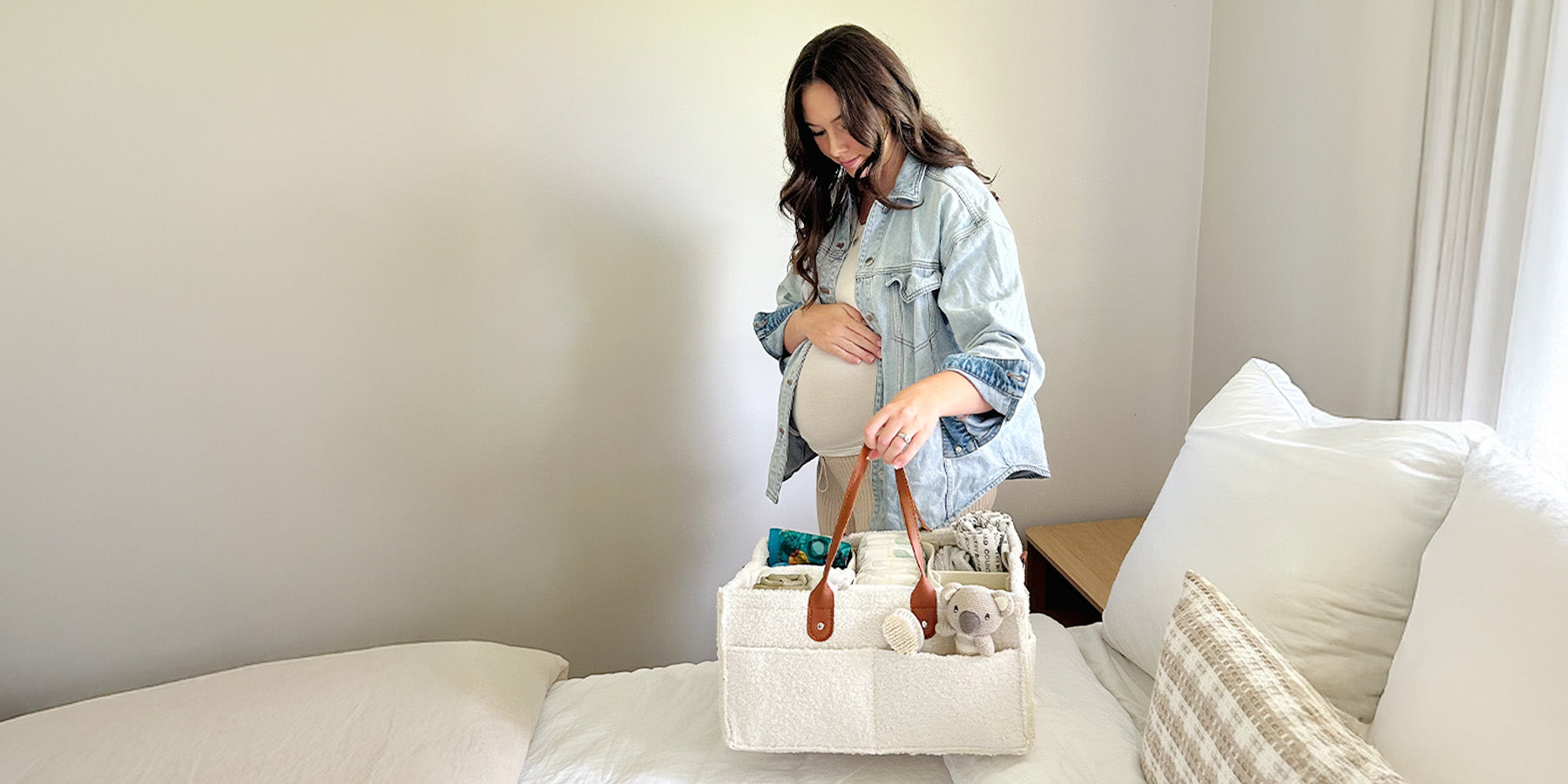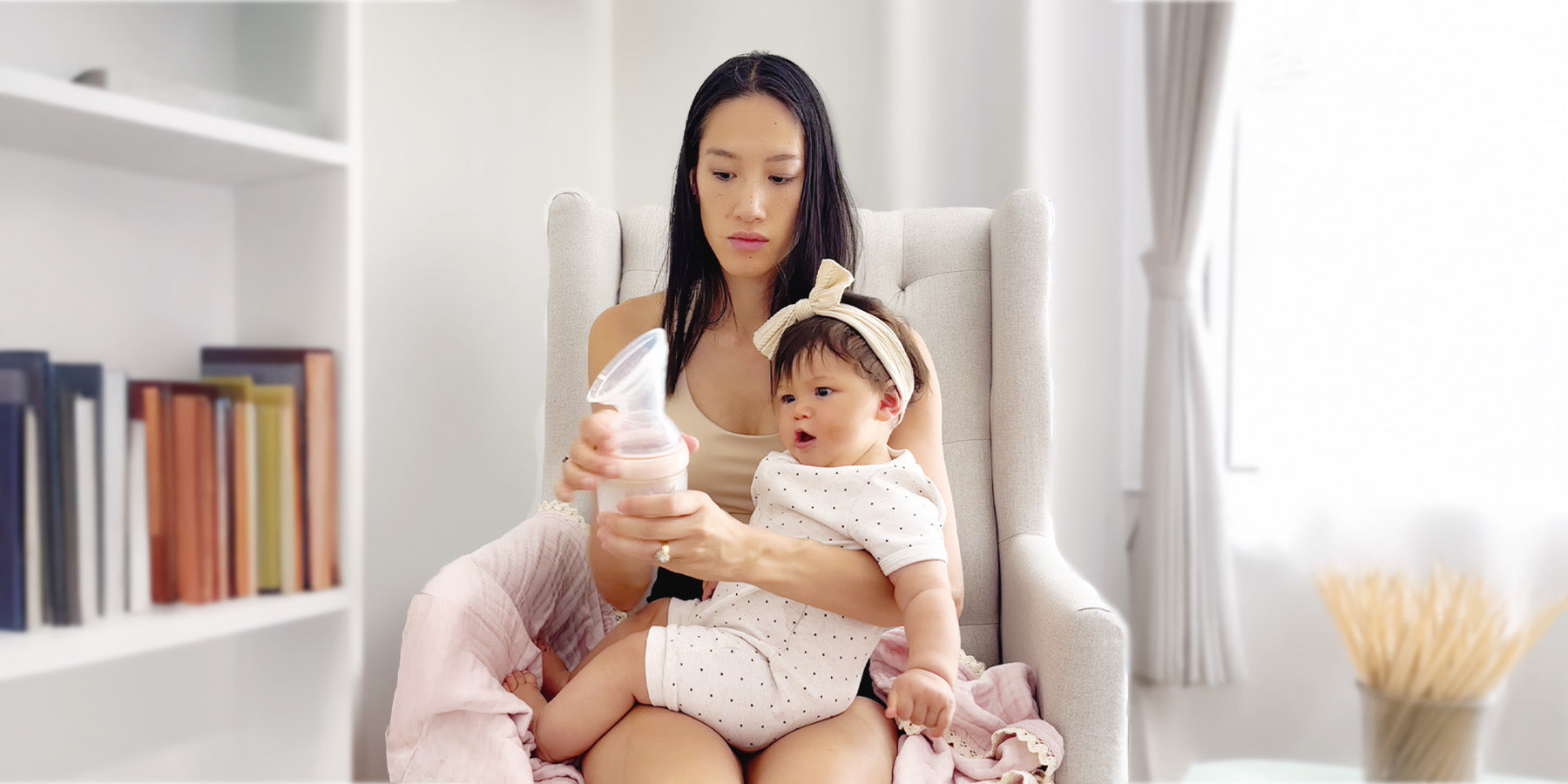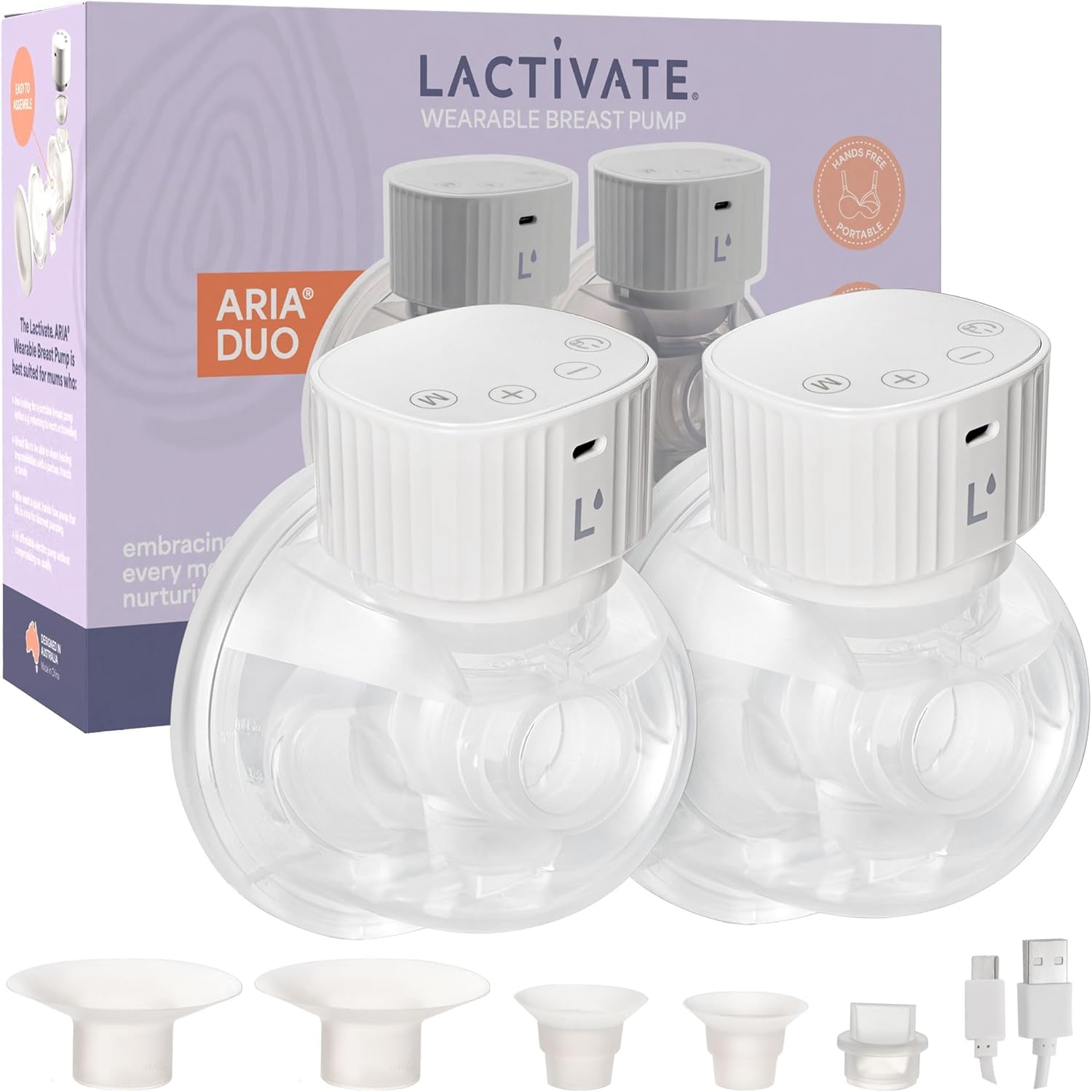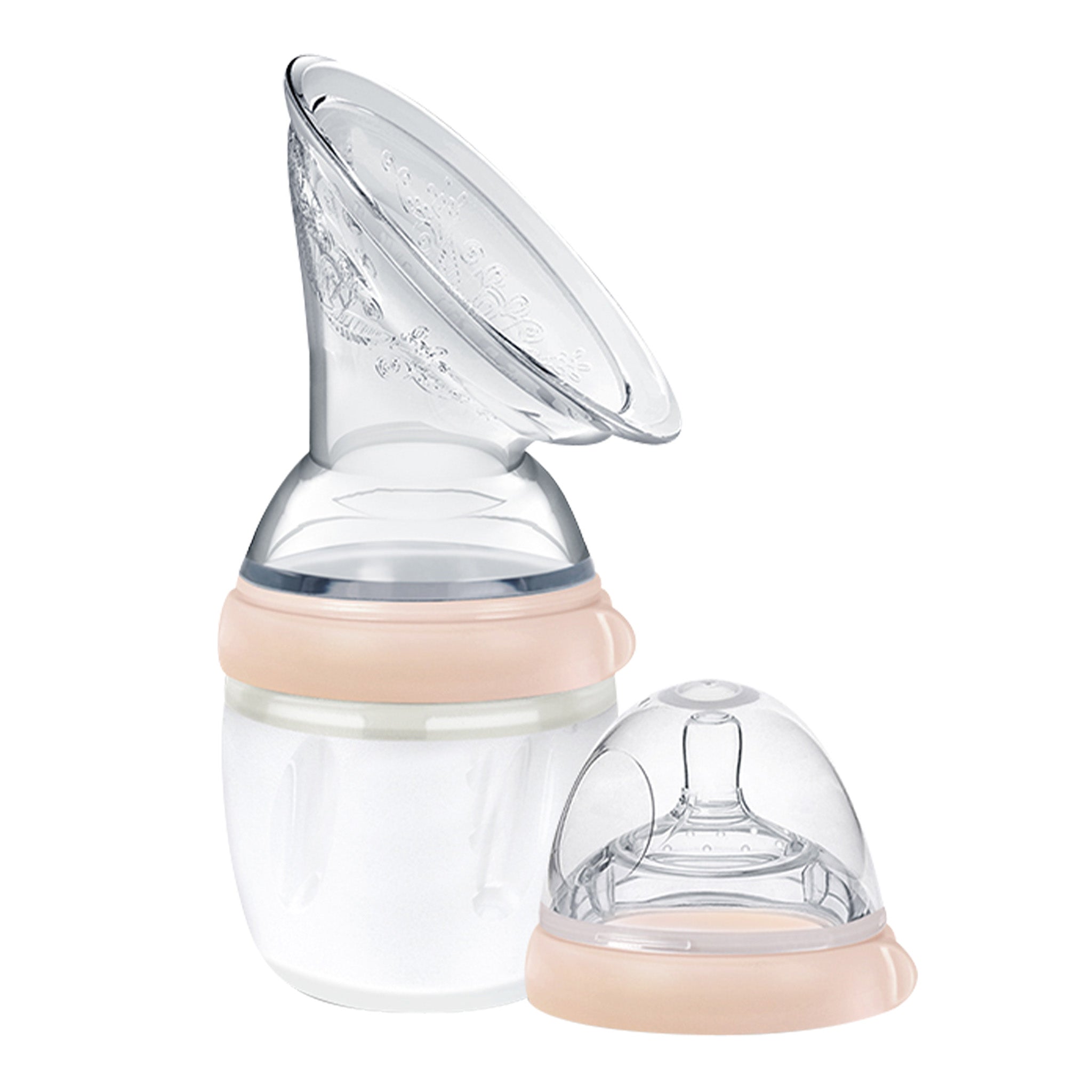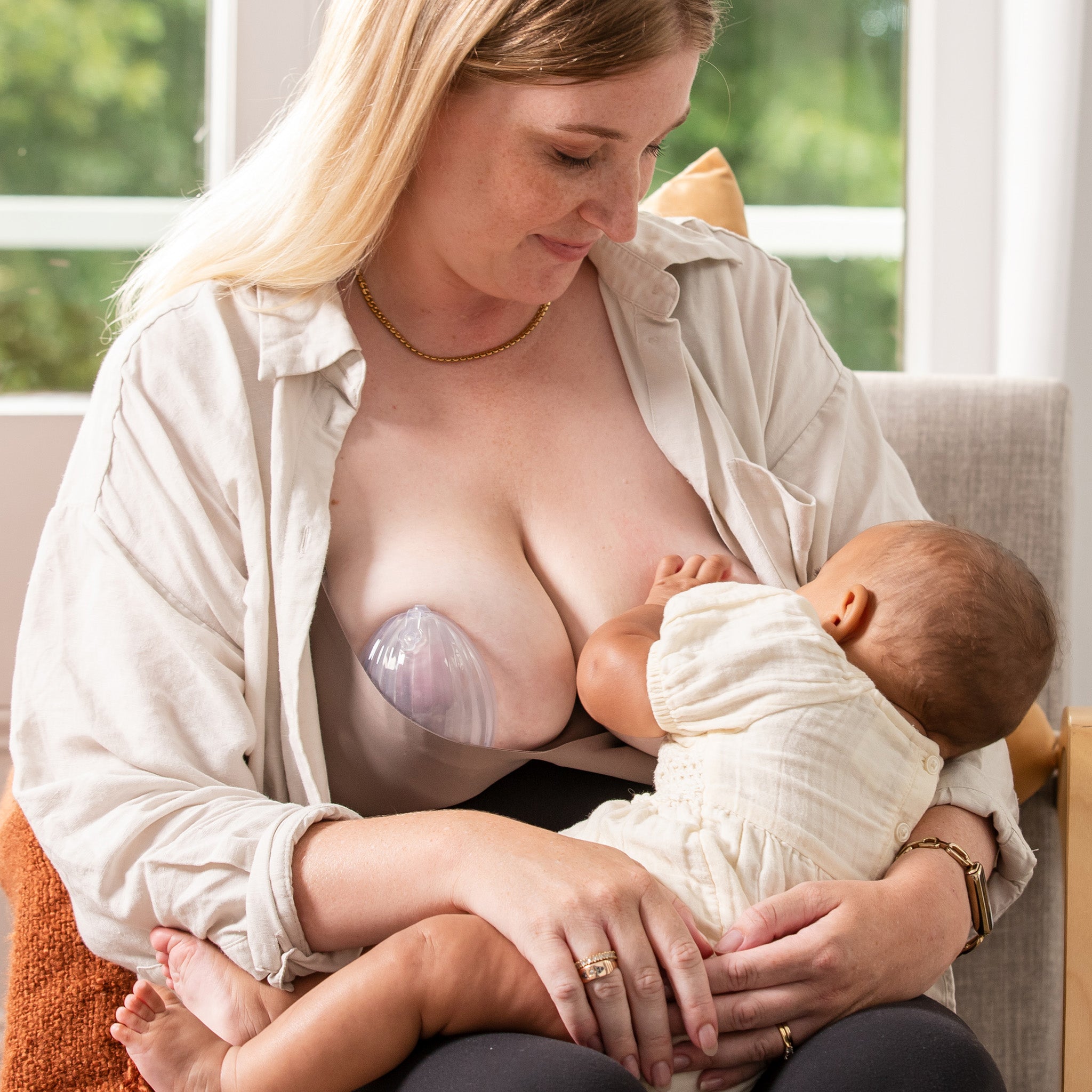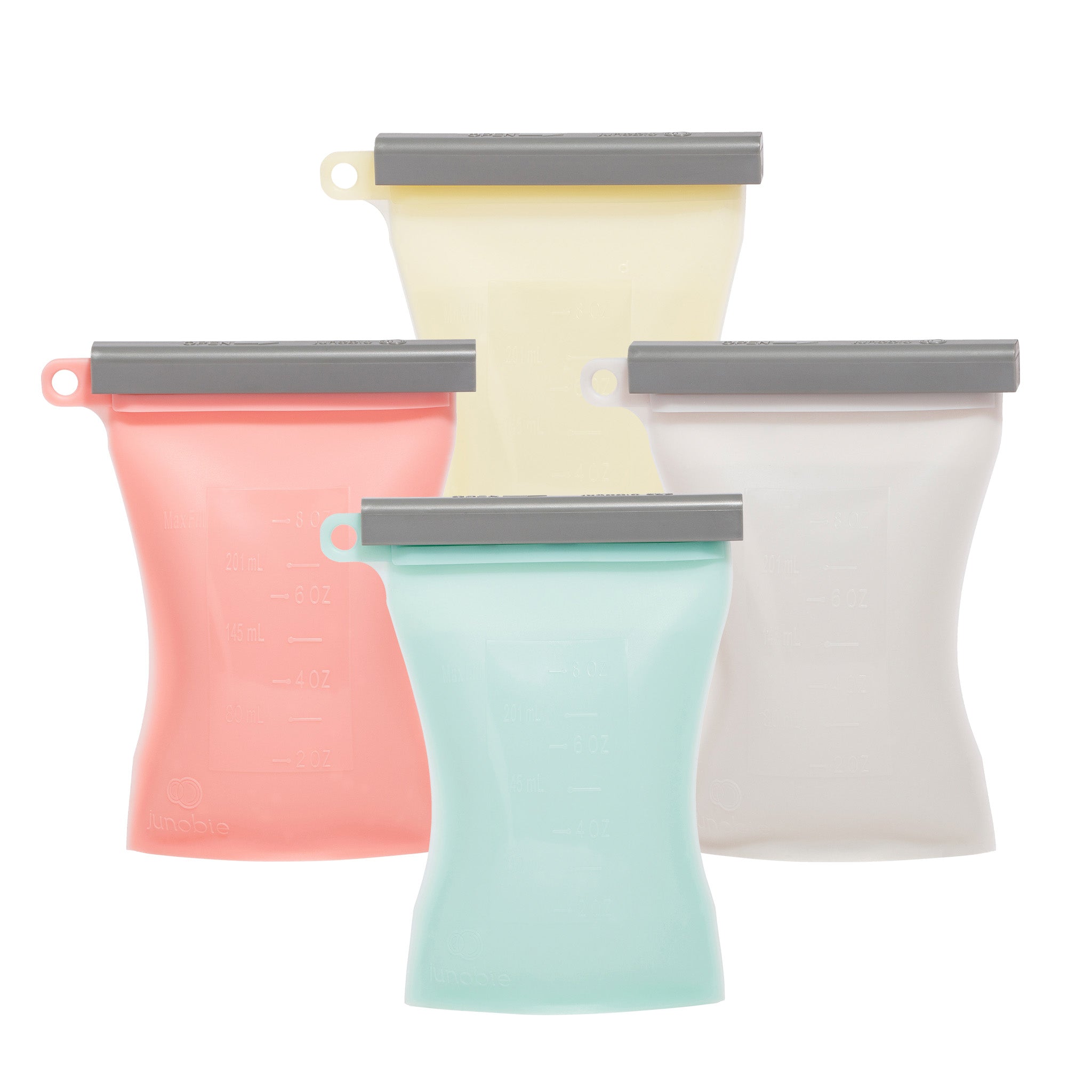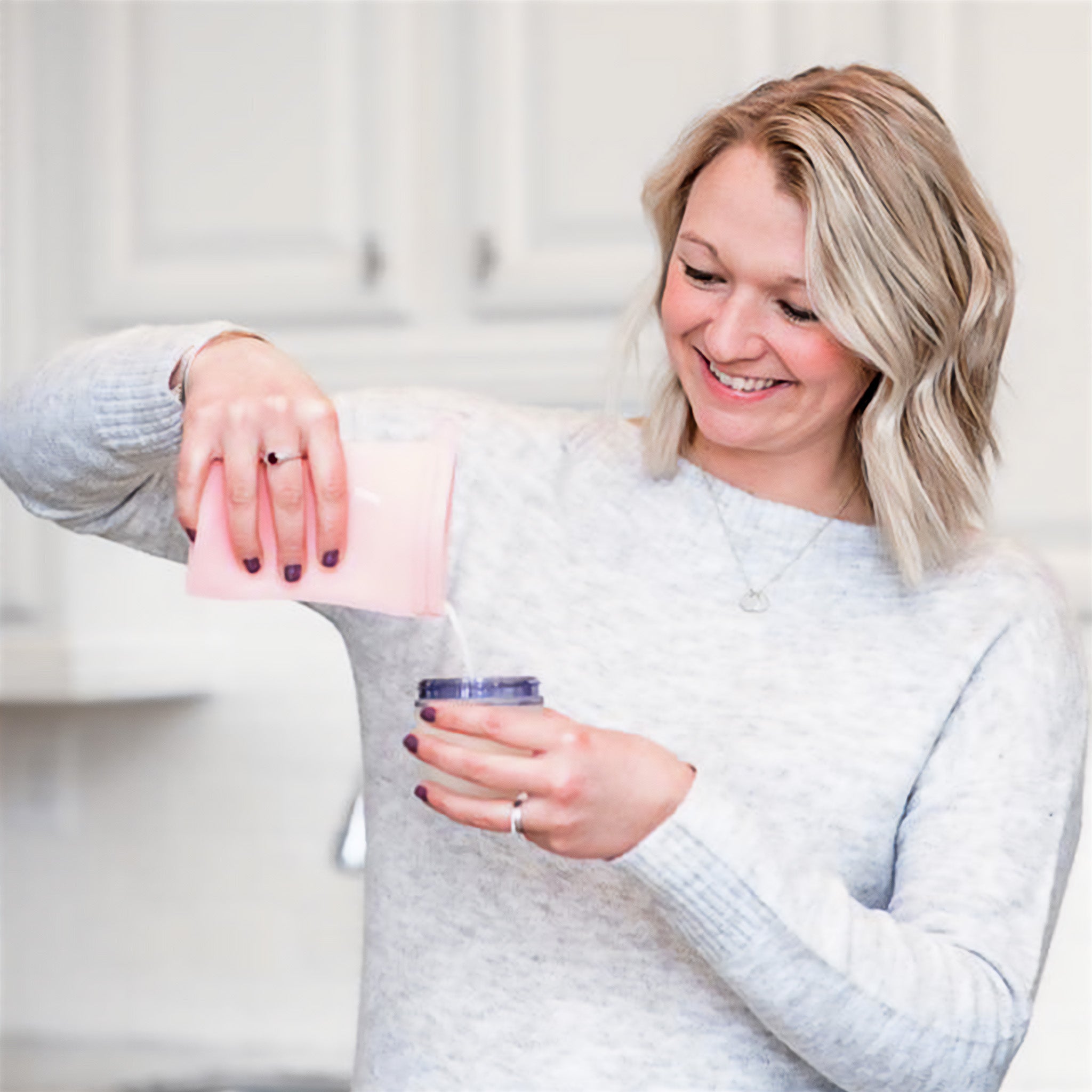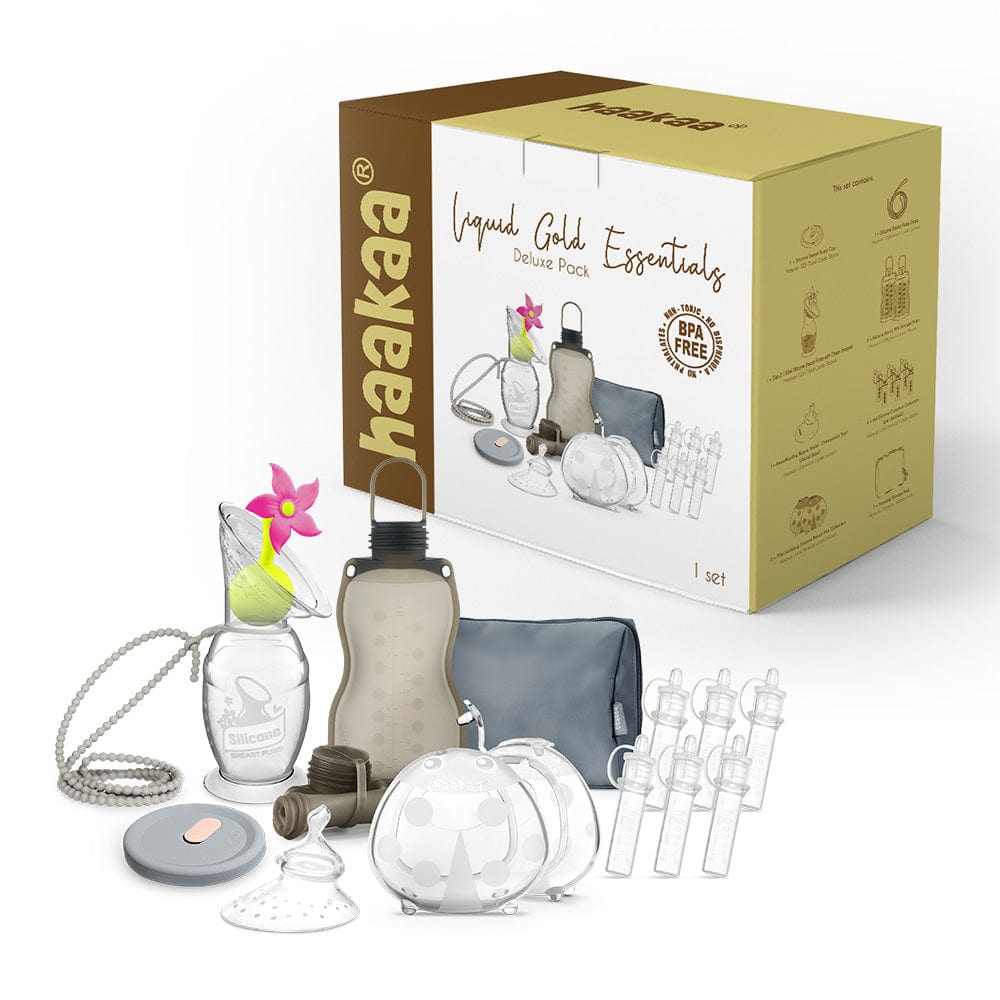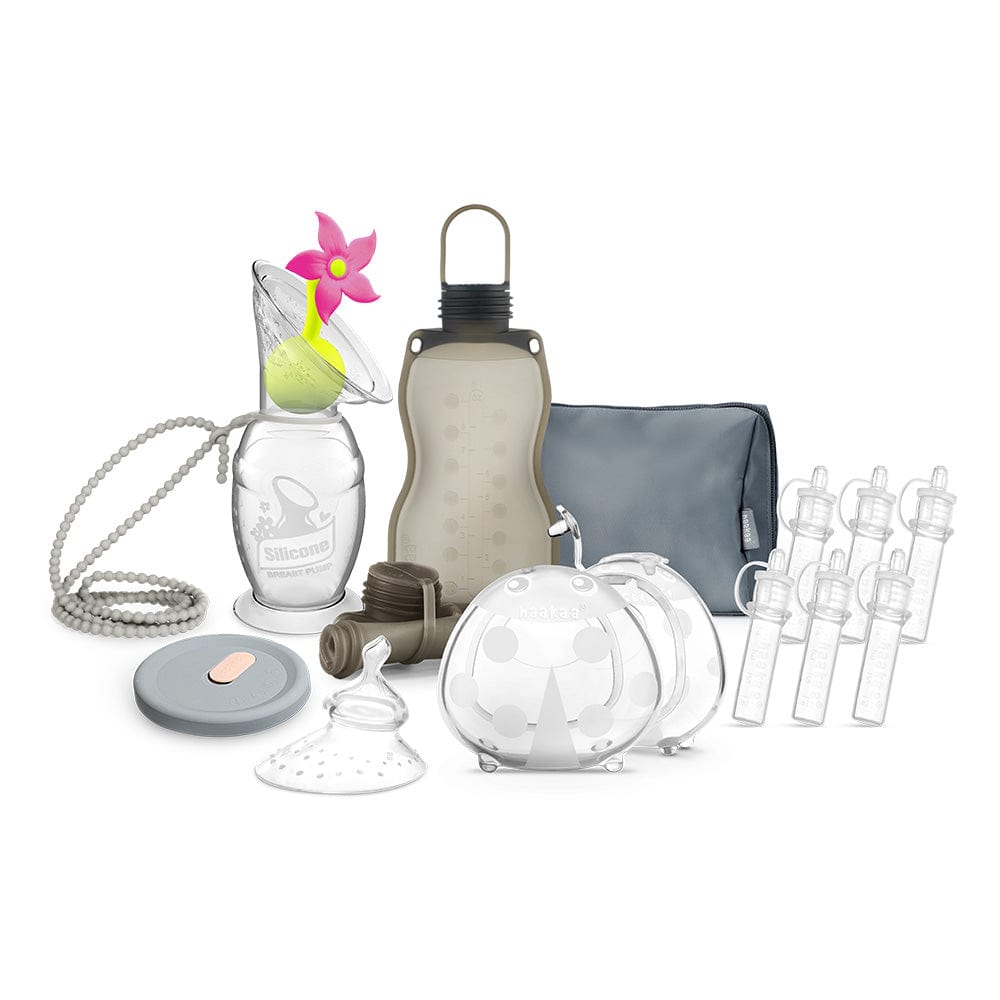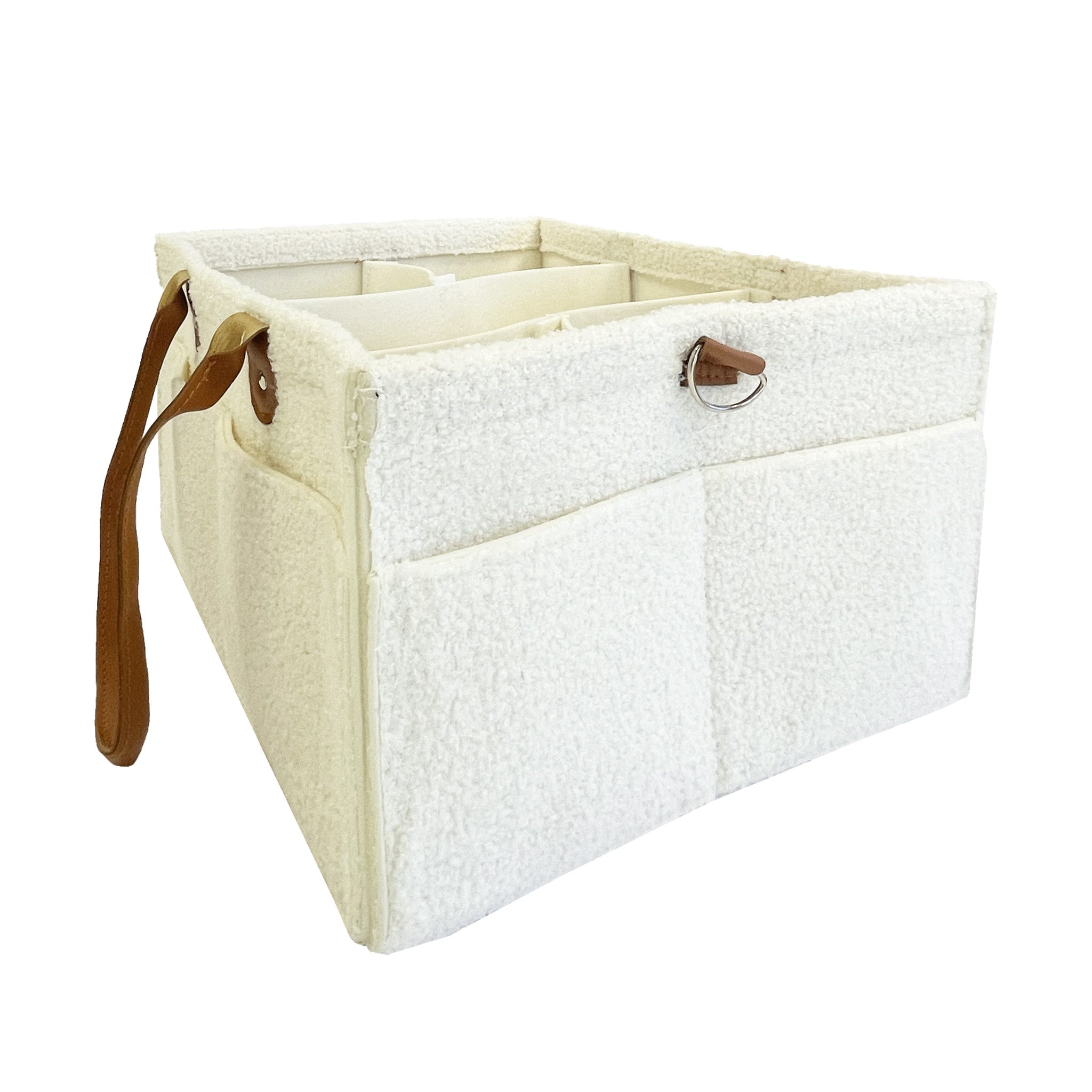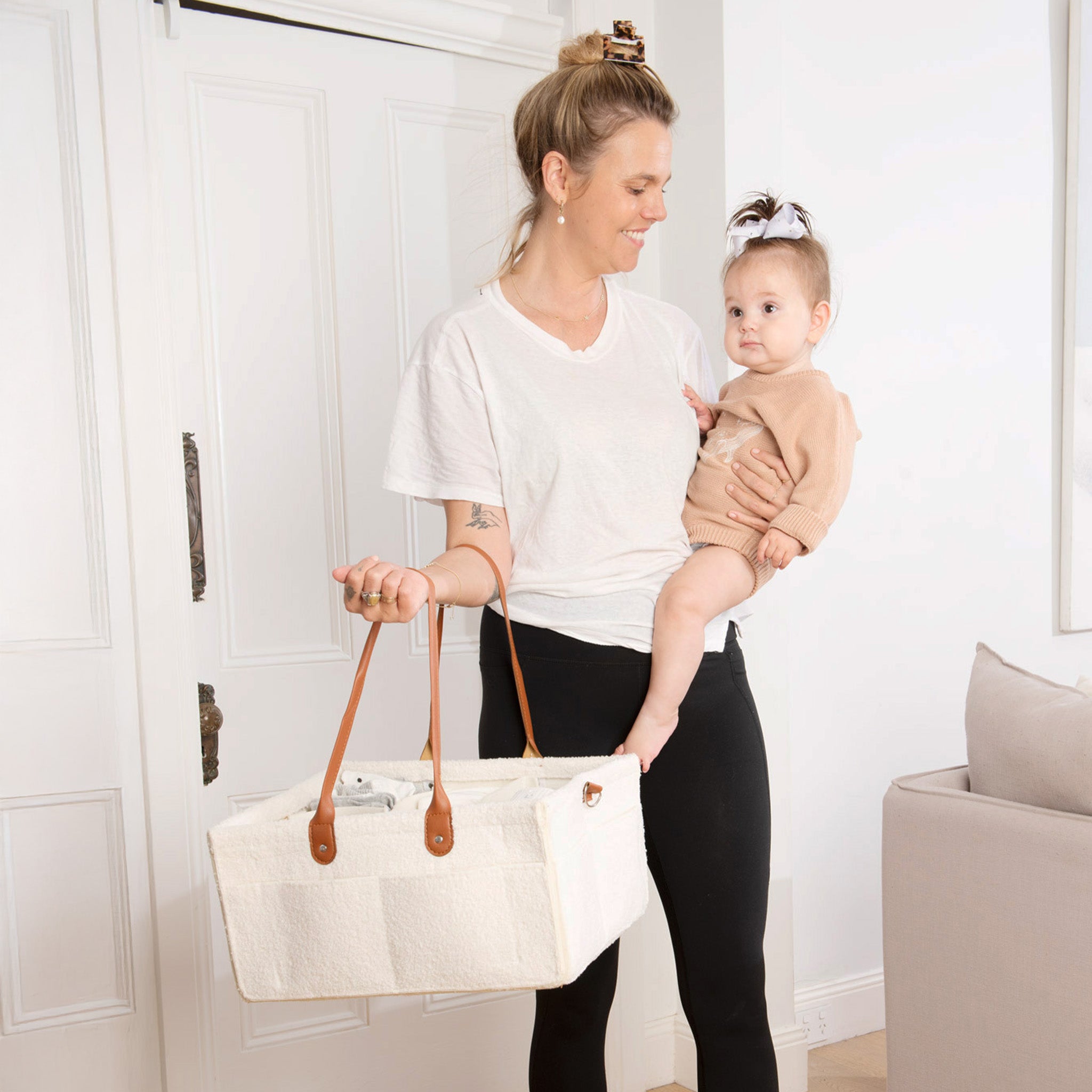Whether you’ve only just started recovering from your C-section or are on the road to getting back on track, there is one part of your body that proudly tells of what has come before; your c-section scar. That small section of tissue has seen one of life's great miracles and, whatever your feelings are about it (and they can absolutely vary), it’s here to stay.
We are delivering into the ins and outs of c-section scarring and how and why massage should be top of your agenda.
So what EXACTLY makes up a C-section scar?
As you’re no doubt already aware, a c-section procedure involves an incision being made in your lower stomach. That incision needs to cut through a number of layers, seven to be exact, all of which need to be repaired and/or stitched after the procedure is performed. This leaves you with a neatly closed incision that requires some TLC post birth.
Your caregiver will have advised you on the best way to care for your incision wound including how to keep it clean and free from infection. As time goes on, the wound will continue to heal which is a good thing but it can also create scar tissue, where bands of tissue fibre arrange themselves in and around the site of your incision. This is a not so good thing and is why massage is so important and beneficial.
Why massage?
As previously mentioned, as your incision heals, scar tissue can begin to form in and around your wound. This tissue can feel hard and/or lumpy and can sometimes stretch to connect to other connective tissue, muscles, including your pelvic floor and abdominal wall, and even organs. Sometimes, adhesions can occur which is when the scar attaches to the tissue underneath. This can cause complications in the way your body heals as one side of the scar may end up tighter than the other, pulling other parts of your body out of alignment.
As previously mentioned, as your incision heals, scar tissue can begin to form in and around your wound. This tissue can feel hard and/or lumpy and can sometimes stretch to connect to other connective tissue, muscles, including your pelvic floor and abdominal wall, and even organs. Sometimes, adhesions can occur which is when the scar attaches to the tissue underneath. This can cause complications in the way your body heals as one side of the scar may end up tighter than the other, pulling other parts of your body out of alignment.
Massage can help minimise the chances of this occurring as it helps to loosen scar tissue and promote blood flow to the area which can lead to faster and more effective healing. According to Hinge Health, scar massage can also “flatten and soften the scar over time and decrease pigmentation at the incision site, so it becomes less noticeable.”
When to massage?
Massage of your incision shouldn’t begin until the wound is no longer open. Once the skin has closed (and provided there is no sign of inflammation or infection), you are generally safe to begin gentle massage. The time frame will differ between people but 2-4 weeks is considered the average. If you’re concerned, speak with your caregiver or GP to get the go-ahead.
How to massage
The most effective massage technique involves targeting the skin, muscles and deeper muscles. Some women like using a gentle, fragrance free oil to massage with though this is not essential.
In the initial stages of healing, it’s best to start with gentle pressure and you may want to avoid directly touching the incision itself if it is still very tender. Use your fingers to gently press into the skin and muscle above and below the incision. You can try to move the skin around using your fingers to see how mobile it is and whether there are any sections that appear ‘stuck’ or more rigid. You can move your skin up and down, side to side and in small circles.
As you become a little bit more confident and your healing progresses, you can start gently massaging the incision itself using the same technique as above. You can also try pinching and lifting the skin and rolling it in different directions. Remember, your aim is to get plenty of blood flowing into that area.
You can also start to work a little more firmly and into the deeper tummy muscles that are above, below and under your scar. Gently work on pushing your fingers slightly deeper to access your muscles. You might not be able to feel them and that’s ok. Sometimes it can help to change position and try lying with your knees bent to access the deeper muscles.
When massaging, keep an eye out for areas of tension or tenderness or where you can feel a difference in the texture or tightness of the tissue. Continue to work on these areas to promote blood flow and release and ‘stickiness’.
Imagery credit: Whole Body Health PT
How long should I massage for?
Once you start your massage routine, it’s important to try and stick to it daily. Five to ten minutes once or twice a day is usually an adequate amount of time to get things mobile and moving. As your wound continues to heal fully and the tissues start to loosen (usually after the 12 week mark) you may start to decrease the frequency to once or twice weekly.
Something doesn’t feel quite right
If something doesn’t feel quite right or you notice changes to your wound, muscles or pelvic floor, it’s important to bring in the experts. If what you’re experiencing is wound related, speak to your caregiver or GP for their advice. If it’s more to do with your muscles or pelvic floor, it is worth seeing a women’s health physio. They specialise in the postpartum period and can work with you to assess any issues you’re having and work out a solution.
Featured Product
A practical and affordable wearable pump that actually works! Embrace every moment, Nurture every drop® with Lactivate® ARIA® Wearable Breast Pump. The ARIA® is an electric breast pump designed to fit inside your nursing bra to give you a hands free pumping experience- no more cords or tubes!
For more breastfeeding resources and blogs, check out our resource section


